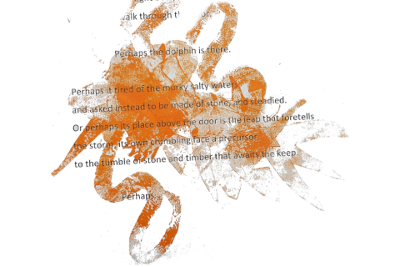Julian of Norwich as three birds

Location: St Julian's Church, St Julian's Alley, Rouen Rd, Norwich, NR1 1QT
Map showing location of St Julian's Church
The Physiologus is a Christian text that uses animals as allegories for religious teaching. It dates back to 2 AD, and is closely related to medieval bestiaries.
Listen to the poem
Read the poem
1.
The pelican is an exceeding lover of its young.
Physiologus VI
The pelican may once have had children. The pelican writes as if she had been a mother. The pelican may have lost her children to the plague. For the rest of her life, the pelican urged faith in love and mercy.
2.
There is a bird called the heron [which] ... is prudent beyond all other birds for it does not seek many nests, but where it settles, there too it feeds and returns there and sleeps. ... Her nest and food are one place.
Physiologus XXVIII
At thirty years old, the heron became an anchoress, and spent the rest of her life in a one-room cell attached to the church. There, the heron slept and ate and prayed and wrote. Through the windows she received food and the voices of the city and the sounds of the sermons and the news of the world, but the heron never left her nest.
3.
The turtle dove resides in the wilderness, that is, she withdraws into solitary places.
Physiologus XLIII
The turtle dove received sixteen visions from God. She wrote about those visions in her book. The turtle dove counselled the city's people through a window in her cell. The turtle dove lived alone for the rest of her life. The turtle dove was the first known woman to write a book in English. The turtle dove reassured us that all shall be well and all shall be well and all manner of things shall be well.
Follow the trail
This is the last poem on the trail. Go to Norwich Castle for poem 1: In 1075, Emma de Gauder held this castle against the king.




